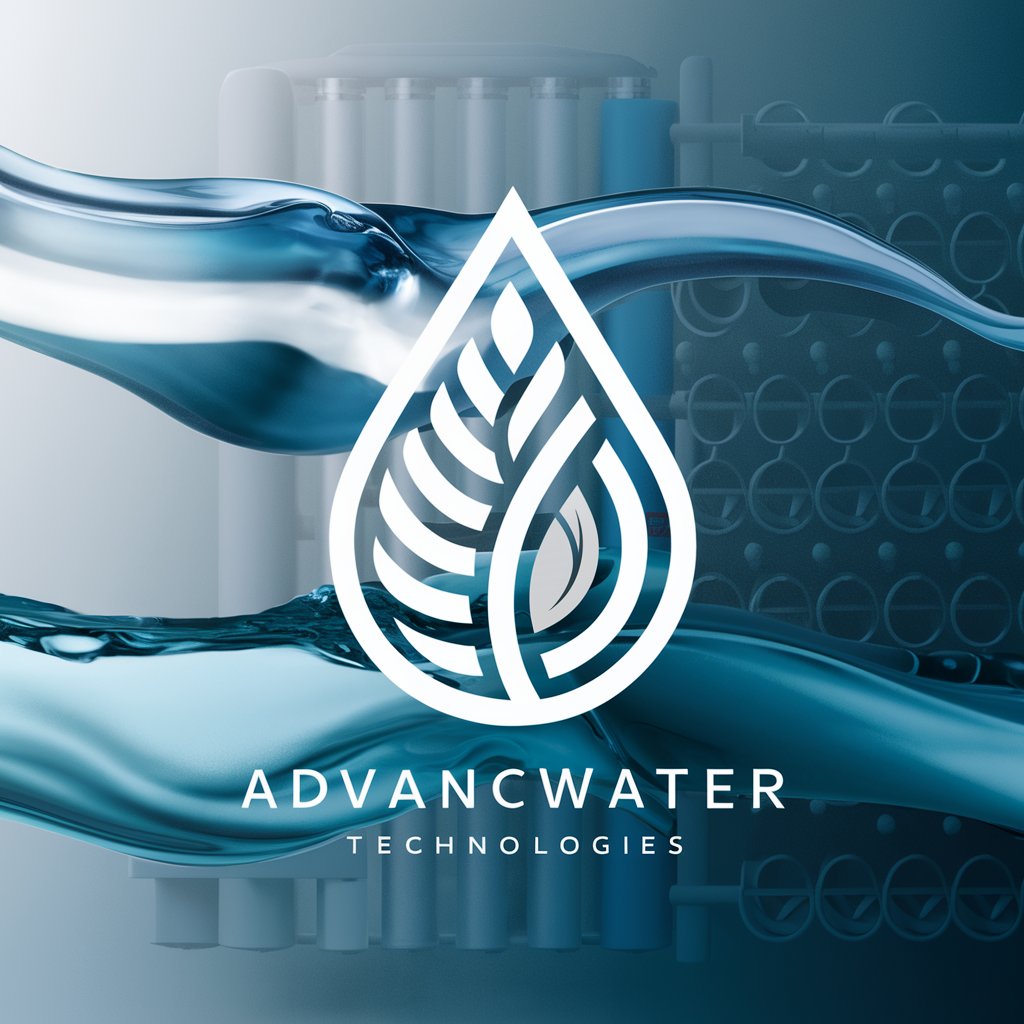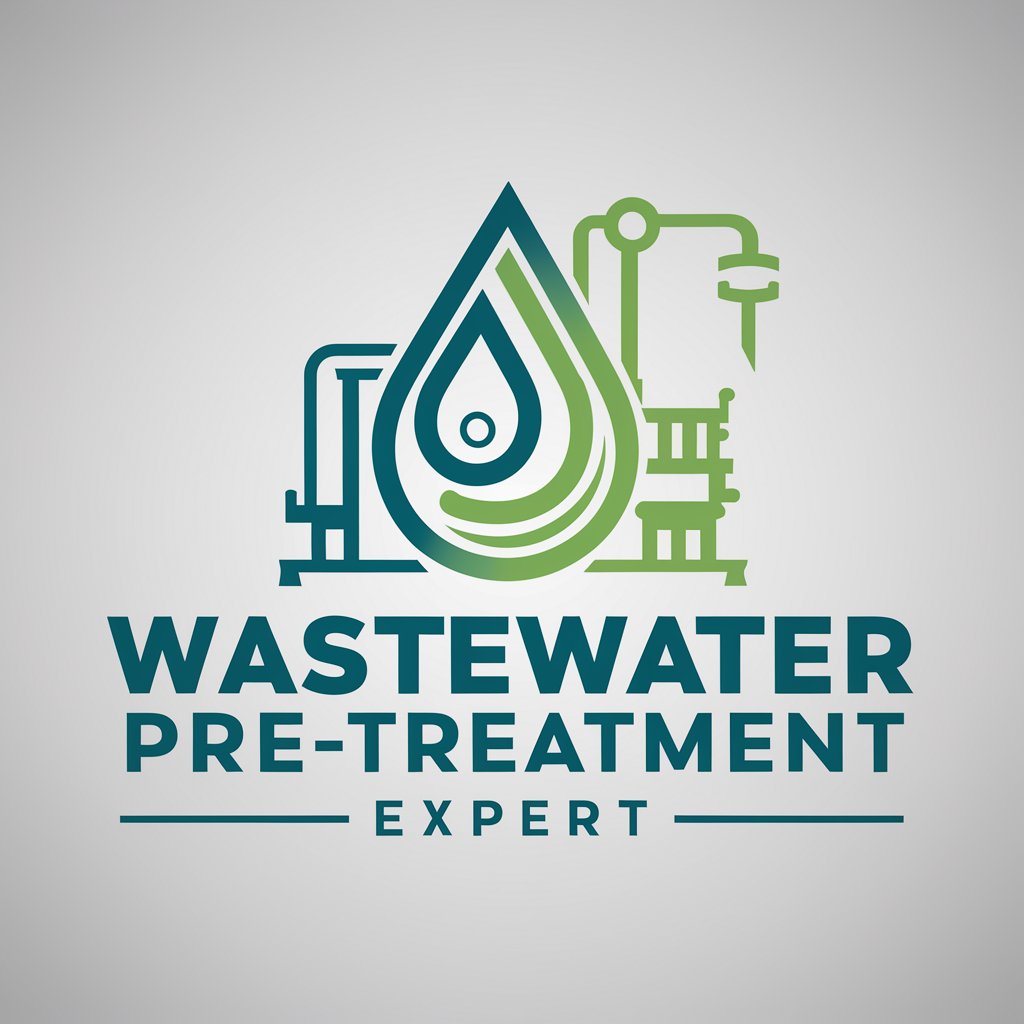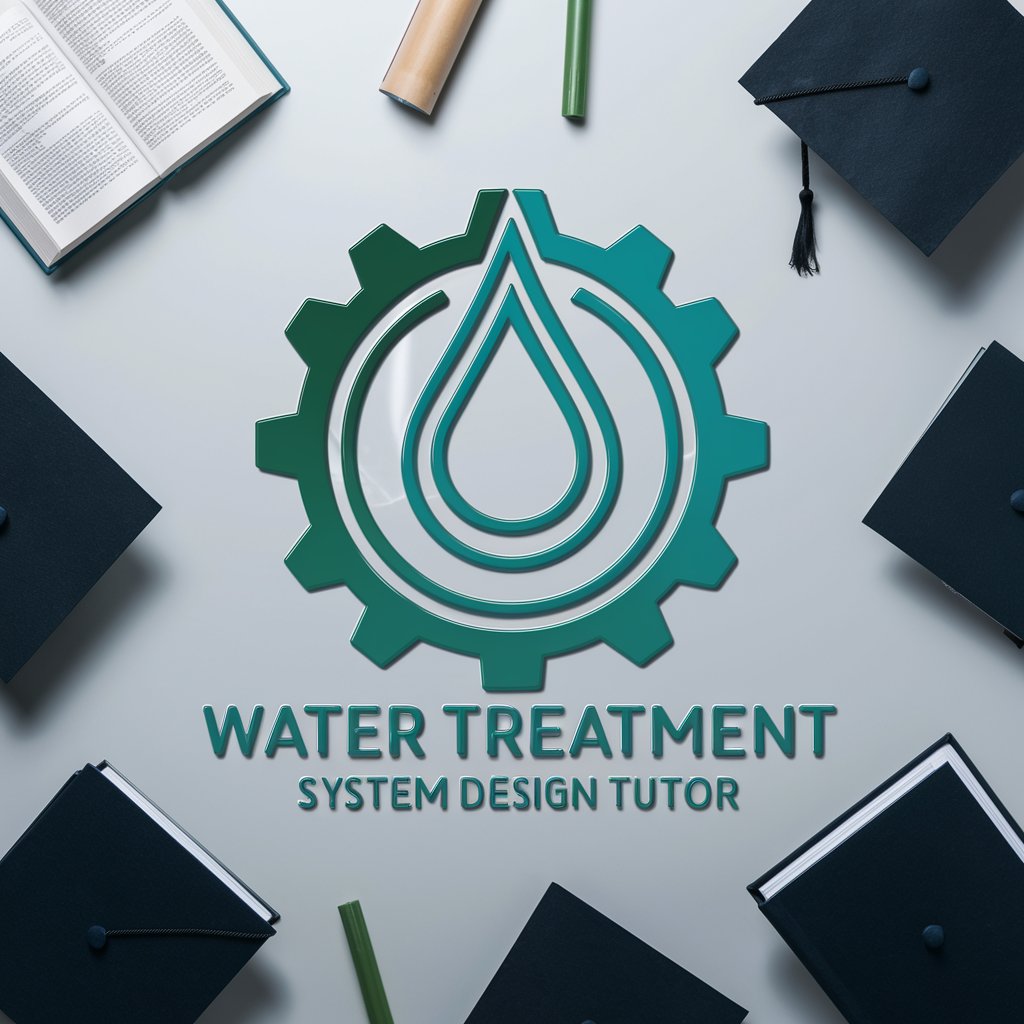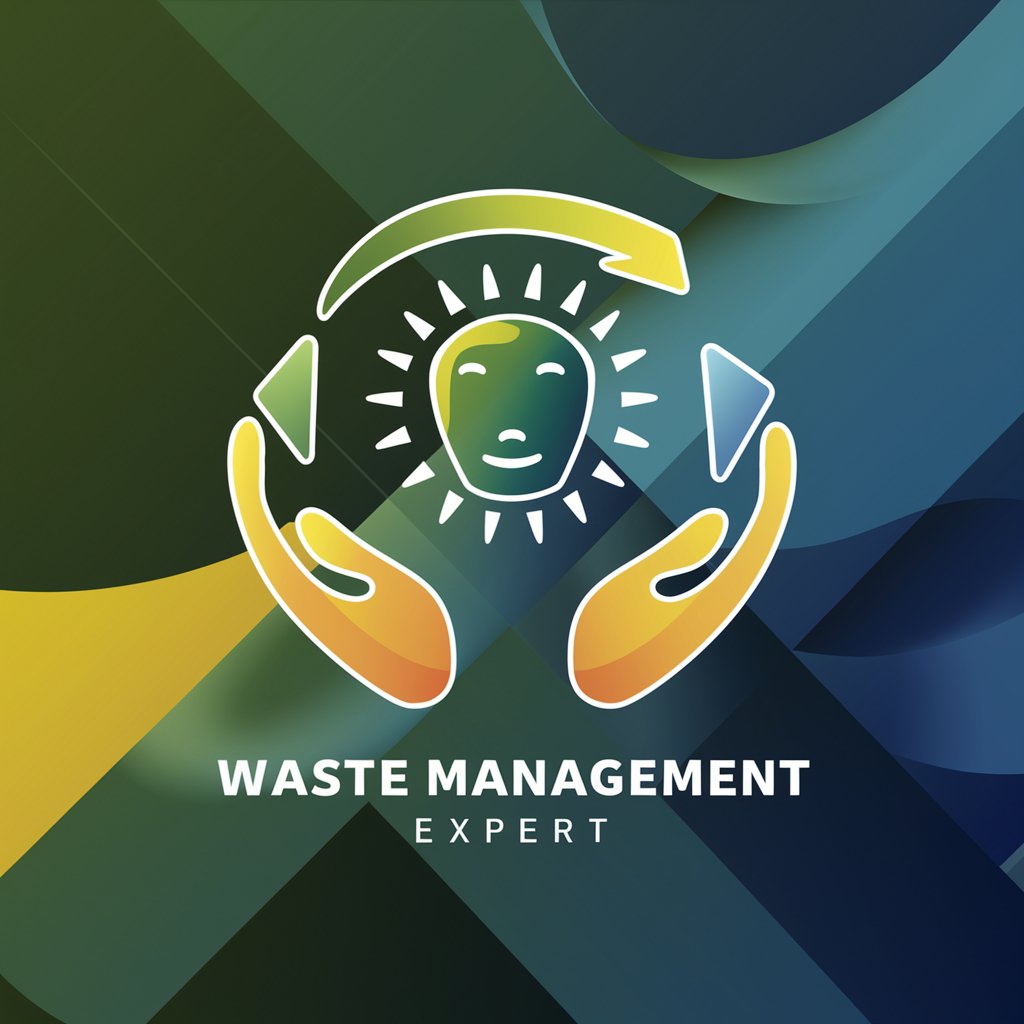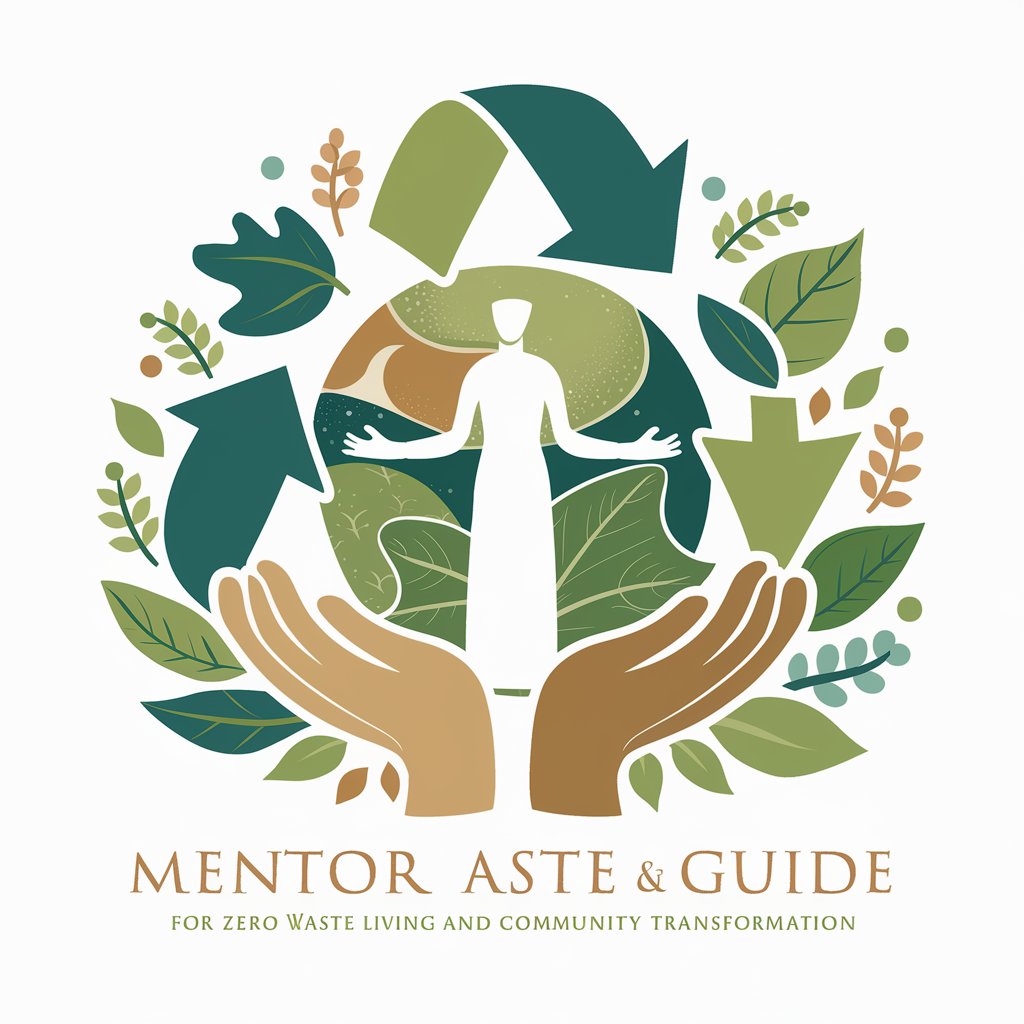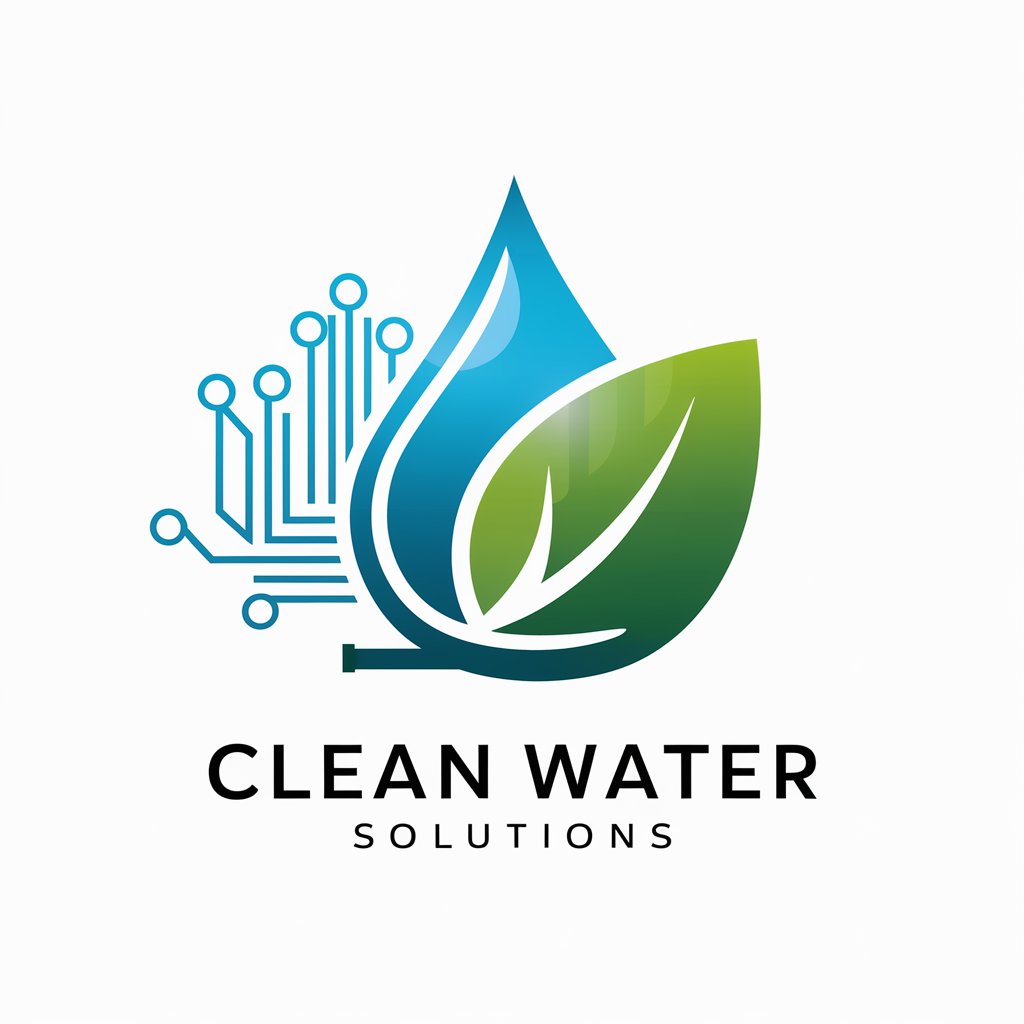
Waste Treatment - AI-Powered Waste Solutions
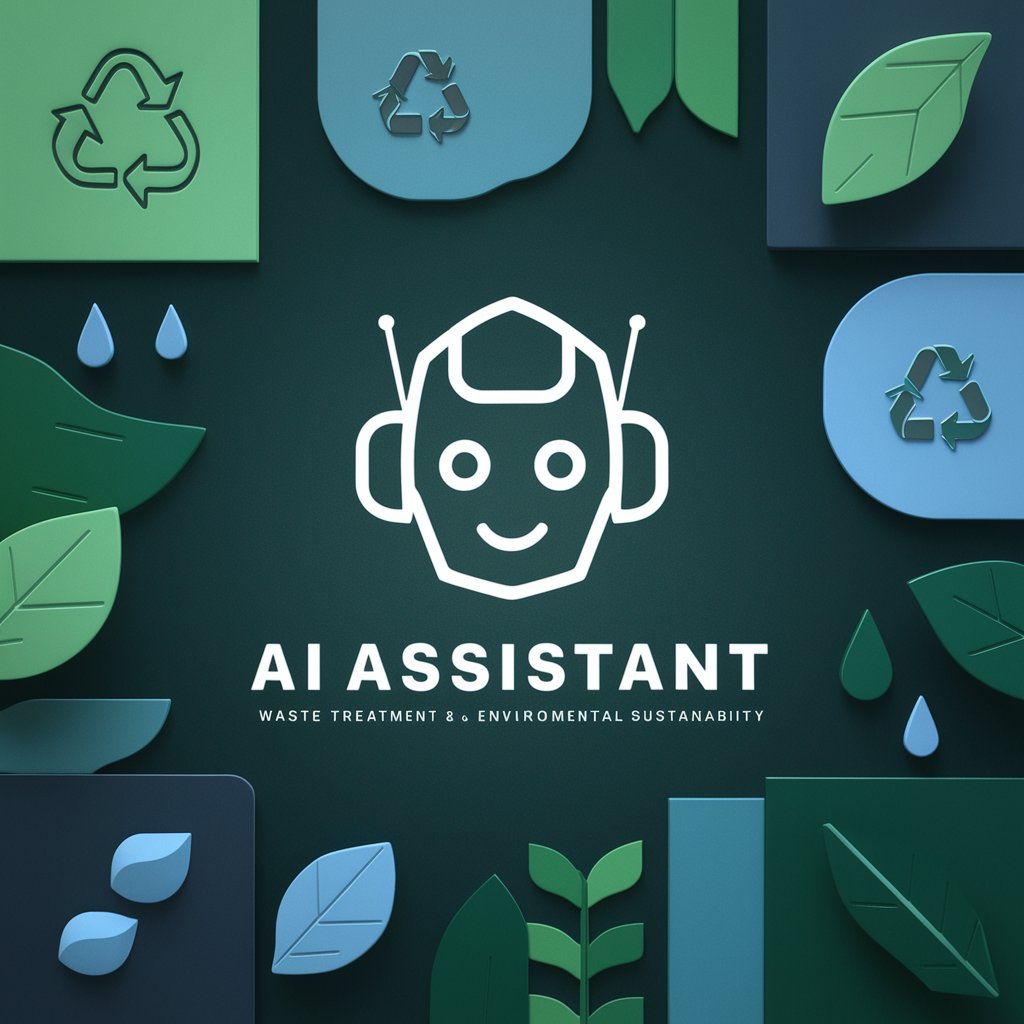
Hello! Let's explore sustainable waste treatment solutions together.
Optimizing waste treatment with AI insights
Can you explain the latest advancements in waste-to-energy technologies?
What are the best practices for reducing landfill waste in urban areas?
How does anaerobic digestion contribute to sustainable waste management?
What are the environmental impacts of different waste treatment methods?
Get Embed Code
Understanding Waste Treatment
Waste Treatment refers to the processes and methodologies employed to manage waste materials, aiming to minimize their impact on the environment, human health, and aesthetics. The core purpose of waste treatment is to reduce the volume and toxicity of waste, recover resources through recycling and composting, and ensure the safe disposal of residual waste. This includes a variety of practices, from simple household recycling schemes to complex industrial waste treatment facilities. Examples of waste treatment scenarios include the composting of organic waste to reduce landfill use and produce fertilizer, the incineration of medical waste to eliminate hazardous substances, and the recycling of plastics and metals to conserve resources and energy. Powered by ChatGPT-4o。

Core Functions of Waste Treatment
Resource Recovery
Example
Recycling programs
Scenario
Separating, collecting, and processing materials like paper, glass, and aluminum for reuse. This reduces the demand for raw materials and energy consumption.
Volume and Toxicity Reduction
Example
Incineration with energy recovery
Scenario
Burning waste to reduce its volume by up to 90%, while capturing and utilizing the generated heat for electricity production, minimizing landfill use and methane emissions.
Safe Disposal
Example
Sanitary landfilling
Scenario
Disposing of residual waste in engineered landfills designed to protect groundwater and air quality, after extracting recyclable and compostable materials.
Hazardous Waste Management
Example
Chemical treatment and stabilization
Scenario
Neutralizing toxic waste chemicals to prevent contamination of soil and water, used in industrial and medical waste management.
Organic Waste Treatment
Example
Anaerobic digestion
Scenario
Converting organic waste into biogas, a renewable energy source, and digestate, a nutrient-rich fertilizer, through microbial activity in the absence of oxygen.
Who Benefits from Waste Treatment Services
Municipal Governments
Responsible for public health and environmental quality, they implement waste treatment strategies to manage residential, commercial, and industrial waste effectively, ensuring compliance with regulations.
Industrial Enterprises
Producers of hazardous and non-hazardous waste, these entities require efficient waste management solutions to minimize their environmental footprint, comply with regulations, and improve sustainability.
Agricultural Sector
Generates large volumes of organic waste, benefiting from composting and anaerobic digestion technologies to reduce waste and produce energy or fertilizer.
Environmental Organizations
Advocate for sustainable waste management practices, supporting initiatives that reduce waste generation, enhance recycling, and promote the safe disposal of waste.
General Public
Individuals can contribute to and benefit from waste treatment by participating in recycling and composting programs, reducing waste generation, and supporting sustainable consumption patterns.

How to Utilize Waste Treatment
Start Your Journey
Initiate your exploration into waste treatment by visiting yeschat.ai for a complimentary trial, no registration or ChatGPT Plus subscription necessary.
Identify Your Needs
Determine the specific waste treatment challenge you're facing, whether it's industrial, municipal, hazardous, or organic waste management.
Explore Solutions
Utilize the search and query capabilities to discover various waste treatment technologies and methodologies that suit your requirements.
Apply Knowledge
Apply the insights and information gathered to your waste management practices, considering environmental sustainability and efficiency.
Continuous Learning
Stay updated with the latest advancements in waste treatment technologies by revisiting and engaging with new content regularly.
Try other advanced and practical GPTs
Clean Air
Empowering cleaner air through AI
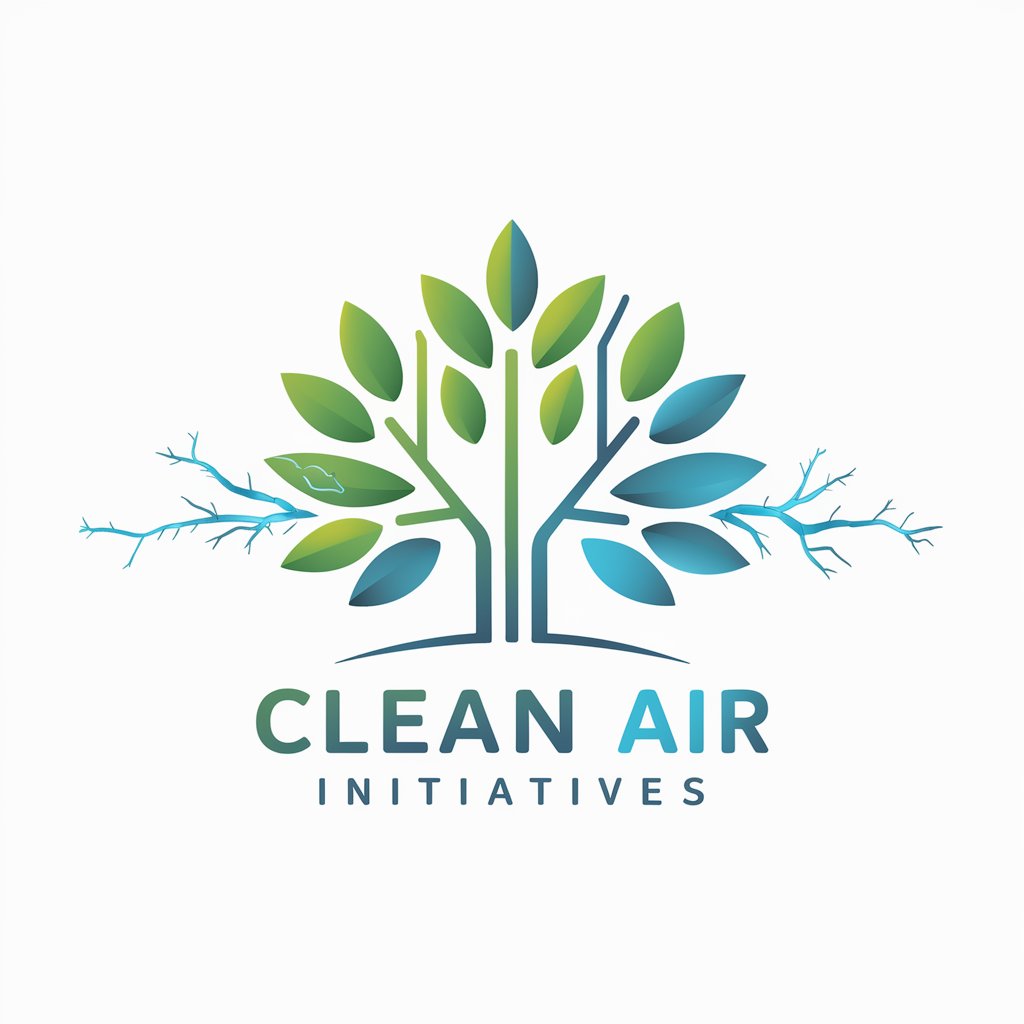
Lawn and Landscape
AI-powered Gardening Genius

Aqua Insight Pro
Empowering Sustainable Water Futures with AI
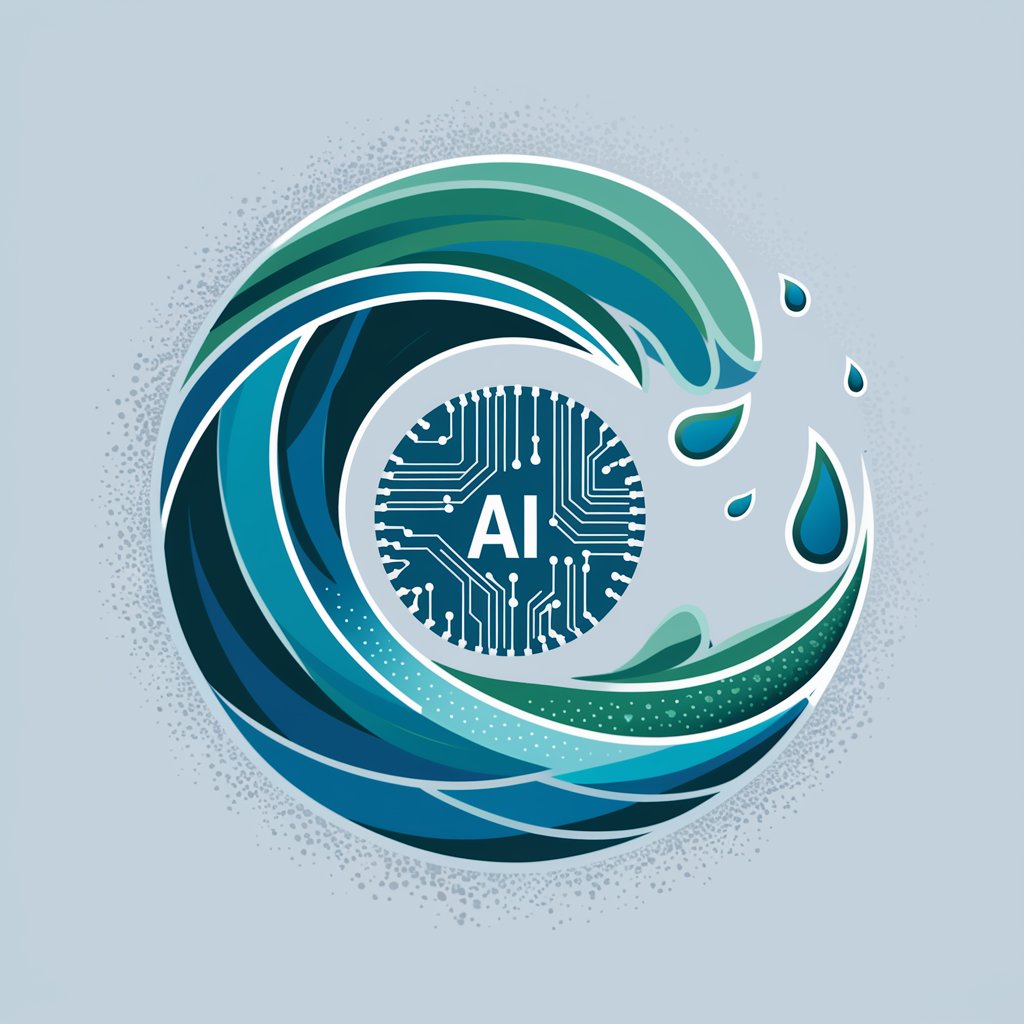
Content Management
Elevate Your Social Media with AI

Trash Management
Empowering sustainable waste practices with AI.
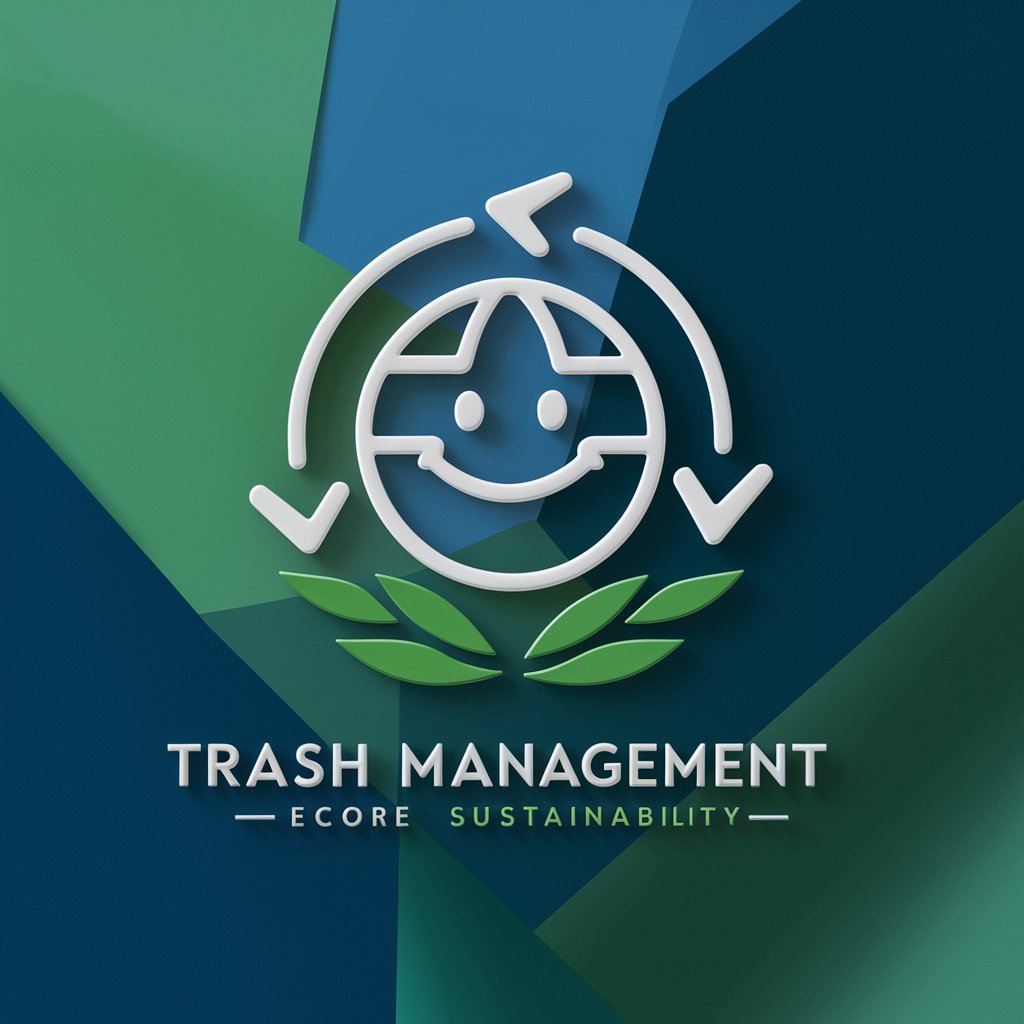
You Can't Break The Chains Of Love meaning?
Unlocking the Depths of Love with AI

Reusable
Empowering Sustainable Choices with AI
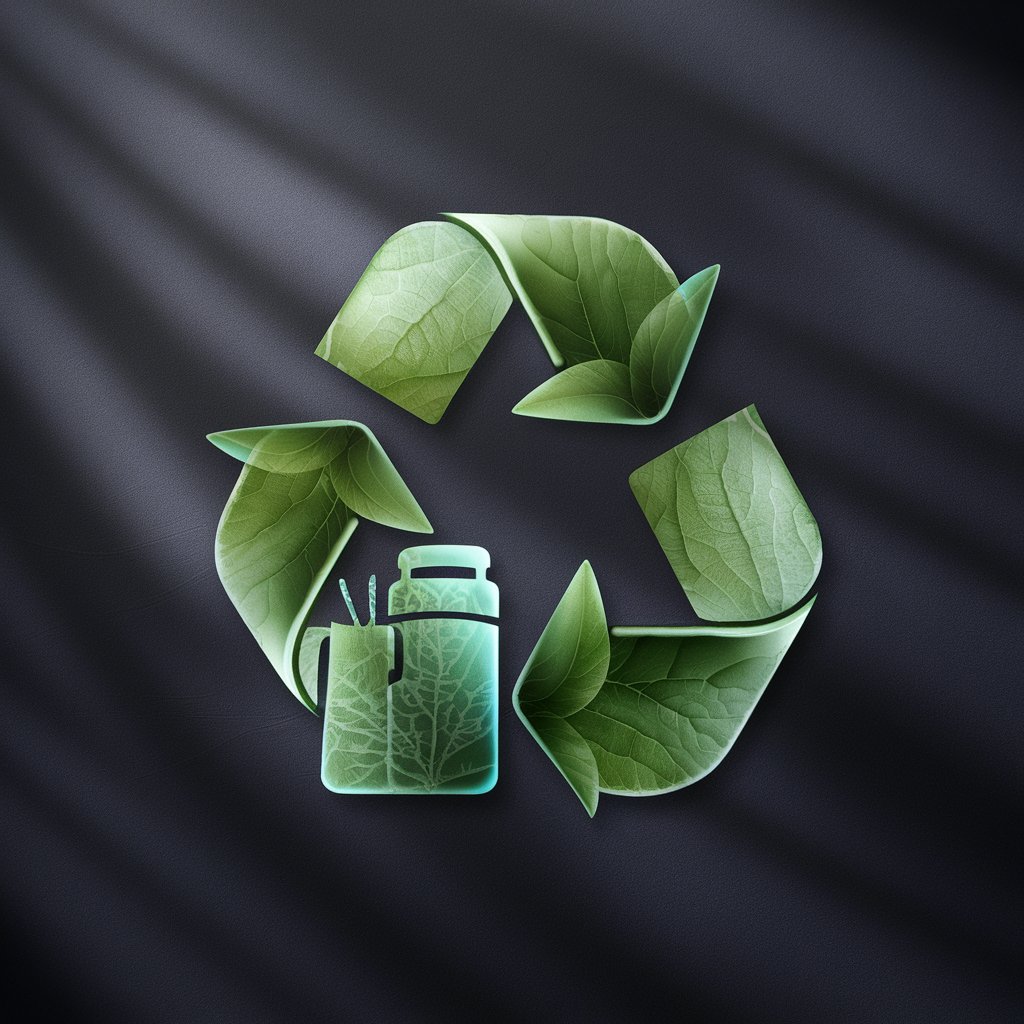
TV Shell meaning?
Unlock Insights with AI Power

Staffel GPT TV-Serie (Einzelne Staffel)
AI-powered TV Series Insight Generator

Save Yourself meaning?
Unlock insights with AI-powered exploration

Never Say Never meaning?
Empower Your Words with AI

Steel Meets Steel meaning?
Unveil the Depths of Text with AI

In-depth Q&A on Waste Treatment
What are the main types of waste treatment technologies?
The main types of waste treatment technologies include physical (sorting, shredding), chemical (neutralization, oxidation), biological (composting, anaerobic digestion), and thermal methods (incineration, pyrolysis). Each method has its applications depending on the waste composition and desired outcomes.
How does composting work as a waste treatment method?
Composting is a biological process that decomposes organic waste materials into stable, soil-like products. It involves creating conditions favorable for microorganisms to break down organic matter, including controlling moisture, oxygen, and temperature. Composting reduces waste volume, recycles nutrients, and can mitigate greenhouse gas emissions.
Can waste treatment help in energy production?
Yes, certain waste treatment methods can contribute to energy production. Anaerobic digestion and thermal processes like incineration and pyrolysis can generate biogas, heat, or electricity. These processes not only manage waste but also harness its energy content, supporting sustainable energy solutions.
What are the environmental impacts of waste treatment?
The environmental impacts of waste treatment vary by method. While some techniques like recycling and composting have positive effects by reducing landfill use and recycling resources, others like incineration can emit pollutants if not properly controlled. Sustainable waste management practices aim to minimize negative impacts through technological innovation and regulatory compliance.
How can industries adopt sustainable waste treatment practices?
Industries can adopt sustainable waste treatment practices by conducting waste audits to understand waste streams, implementing waste reduction and segregation strategies, investing in on-site treatment technologies like composting or anaerobic digestion, and exploring opportunities for waste-to-energy projects. Collaboration with regulatory bodies and participation in extended producer responsibility (EPR) schemes are also crucial.
